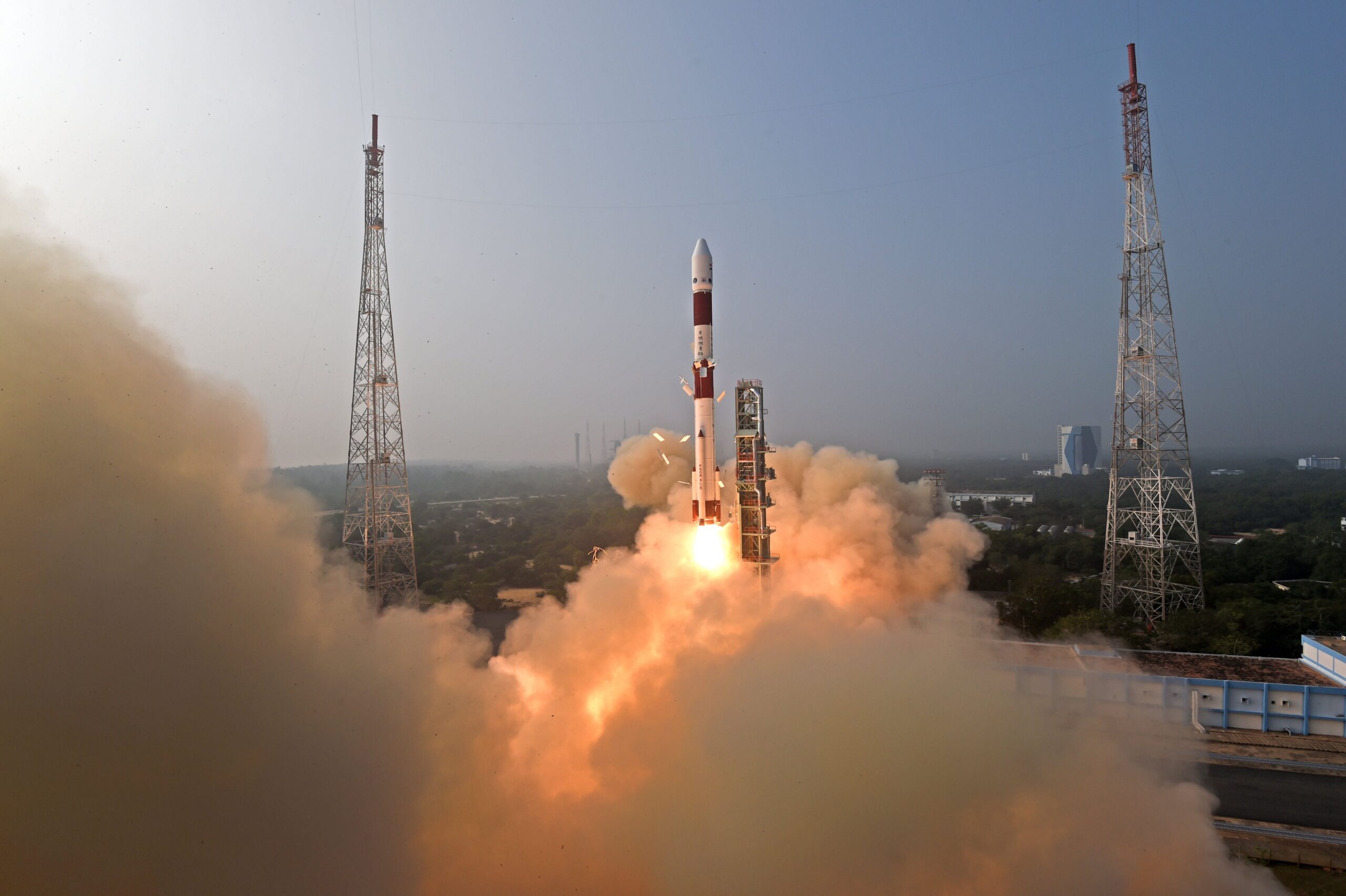At 9.32 am, ISRO announced that the lift-off of the Polar Satellite Launch Vehicle (PSLV) was normal and XPoSAT was launched successfully. “PSLV-C58 vehicle placed the satellite precisely into the intended orbit of 650 km with 6-degree inclination. The POEM-3 is being scripted,” ISRO posted in X. Soon after, ISRO chief S Somanath announced the successful launch.
Astrophysicist Dipankar Bhattacharya told NDTV that today’s launch was a “textbook launch”. “The expected orbit has been achieved. Now all the expected science is hopefully going to work as planned,” he said.
The XPoSAT mission launch also marked the 60th flight of the Polar Satellite Launch Vehicle (PSLV). The 260-tonne rocket carries an advanced astronomy observatory meant to study black holes and neutron stars. With this, India is set to become only the second country after the US to have an ‘observatory’ to study black holes.
Using X-ray photons and their polarisation, XPoSAT will help study the radiation from near black holes and neutron stars. It carries two payloads — POLIX (Polarimeter Instrument in X-rays) and XSPECT (X-ray Spectroscopy and Timing).
The satellite will measure polarisation of X-rays in the energy band 8-30keV emanating from about 50 potential cosmic sources through Thomson Scattering by POLIX payload.
It will carry out long term spectral and temporal studies of cosmic X-ray sources. It will also carry out polarisation and spectroscopic measurements of X-ray emissions from cosmic sources through POLIX and XSPECT payloads.
When stars run out of fuel and ‘die’, they collapse under their own gravity and leave behind black holes or neutron stars. Black holes have the highest gravitational force in the universe, and neutron stars have the highest densities. Gathering more information on this, the mission will help unravel mysteries of ultra-extreme environments in space.
The XPoSat satellite cost around Rs 250 crore (approximately $30 million). The NASA IXPE — which is on a similar mission since 2021 — cost $188 million. The Indian satellite is expected to last more than five years, compared to the two-year life span of the NASA IXPE.
Former ISRO chairman G Madhavan Nair has said the PSLV rocket system has evolved as the most reliable and cost-effective one in the global scenario. “When we look back in history, we started this journey in 1993 and since then, most of the missions have been successfully completed,” he told news agency ANI.
2023 was a great year for ISRO and the country. The success of the Chandrayaan mission put India into the elite space club, with the distinction of being the only country to achieve a soft landing near the South Pole of the moon. As 2024 begins, ISRO has its eyes focused on the Gaganyaan launch, India’s first human spaceflight programme.
![]()
